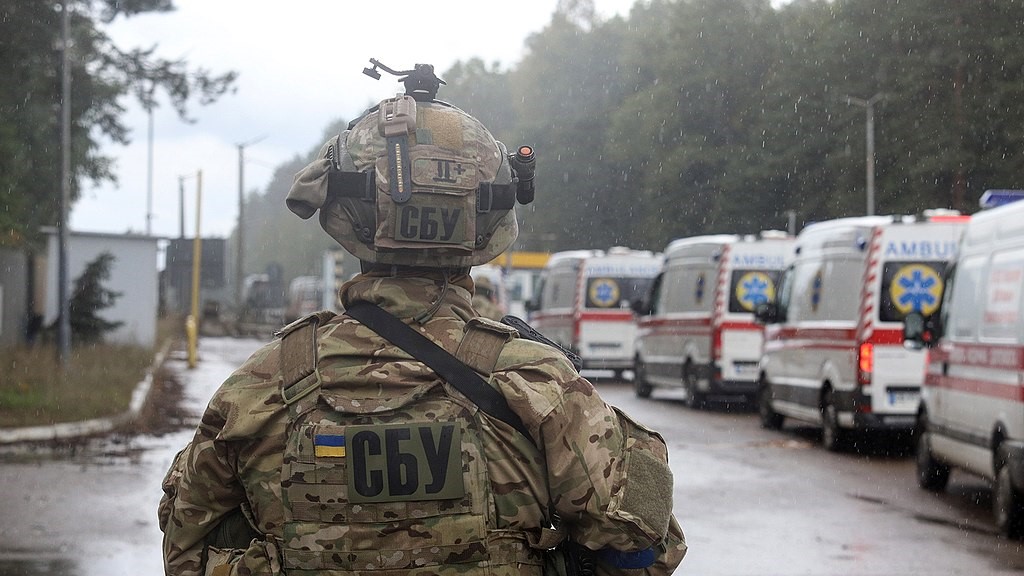NATO Experts Eye Lessons from Ukraine’s 1st Azov Corps
Others are reading now
War often forces armies to change faster than peacetime ever could. Ukraine’s fight against Russia has been one of those moments.
Units that were once dismissed or overlooked have been reshaped into organized forces that NATO experts are now studying closely. One of the most notable examples is Azov.
Spreading Propaganda
The Azov Battalion began in 2014, during a time when Ukraine’s army was weak, underfunded, and plagued by corruption, writes Ziare.
Volunteers, many of them Russian-speaking, stepped up to fight in Donbas. They lacked heavy equipment but made up for it with motivation and discipline.
Azov fighters played key roles in the battles for Mariupol and Marinka. Yet the group quickly became controversial because some of its members were linked to extremist ideologies. Russia seized on that narrative to spread propaganda.
Also read
Because of those ties, NATO countries imposed restrictions on supplying arms to Azov, even after the unit was folded into Ukraine’s National Guard.
By 2017, Ukraine began reforms. Extremist members were pushed out. Political connections were cut. Recruitment was overhauled and professionalized.
Western training programs, including some led by British forces, helped raise the unit’s standards. Soldiers trained in trench warfare, close combat, and large-scale field operations.
More Mobility
The ultimate test came during the Russian siege of Mariupol in 2022. Azov held out for months against elite Russian forces.
Their resistance slowed Russia’s push toward Kyiv. But the price was high. Hundreds were captured, many tortured, and some remain in captivity today.
Also read
In 2025, Azov grew into a larger formation known as the 1st Azov Corps. It now operates in key areas such as Toretsk, Pokrovsk, and the Svatove-Kreminna front.
Unlike most territorial defense units, Azov has the mobility and skill to carry out offensive operations, more like marines than local defenders.
NATO experts are watching closely. They see a model built on professional selection, integration into the official command structure, Western-style training, and loyalty defined by patriotism rather than politics.
For countries near Russia, the lesson is simple. Territorial defense forces must be both independent and professional if they are to hold their ground.
Ukraine has shown that even a controversial volunteer unit can be transformed into a disciplined corps that now shapes the war.


